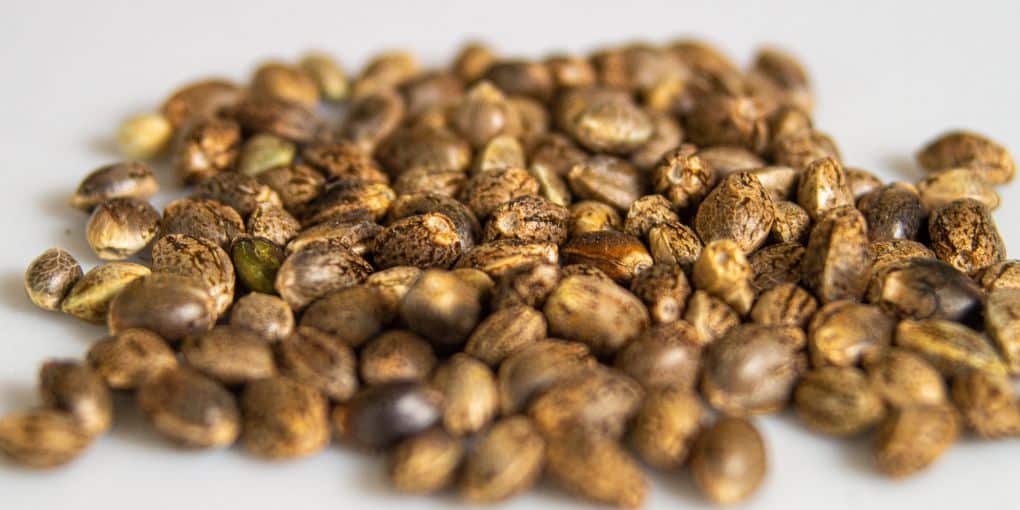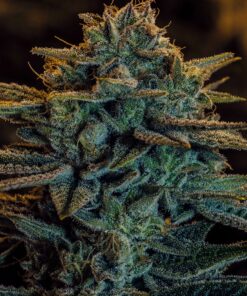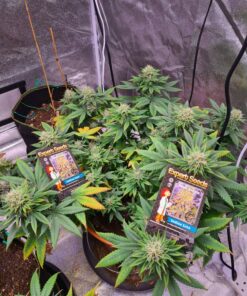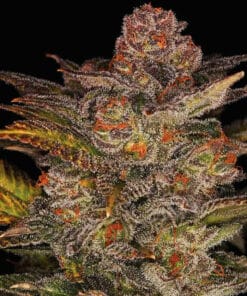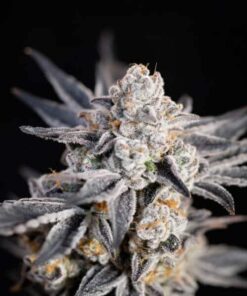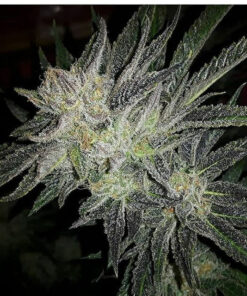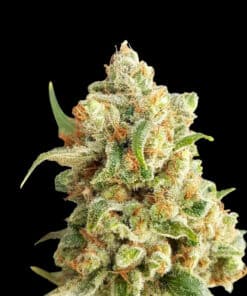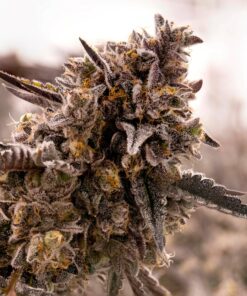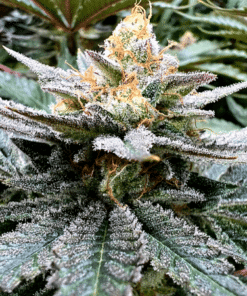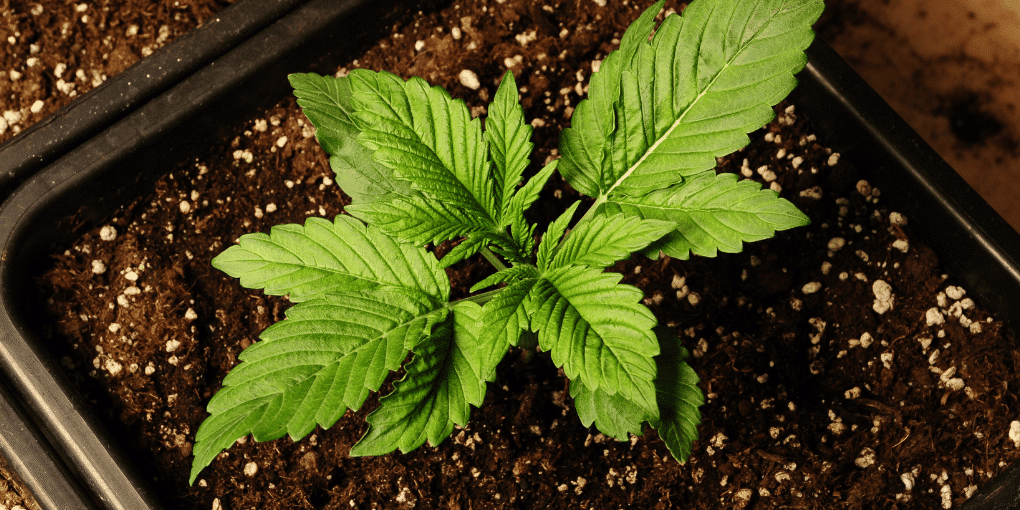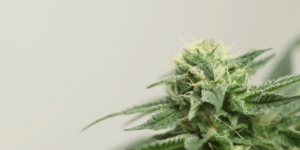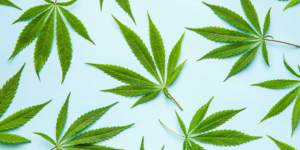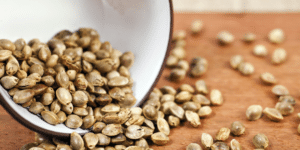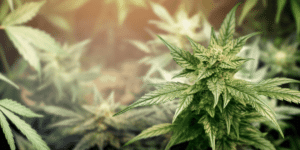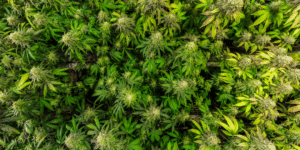Cultivation
Common Mistakes When Growing Cannabis Seeds
Growing Cannabis Seeds is an art that requires careful attention, patience, and knowledge. Regardless of whether you’re an experienced grower or a novice beginning your horticultural adventure, the thriving of your cannabis crops predominantly hinges on avoiding some very common mistakes. Within this guide, we’ll examine these stumbling blocks, taking a look at both beginner-friendly and more demanding seeds, and offer professional advice on how to avoid common mistakes.
Contents
Common Mistakes When Growing Cannabis Seeds: Easy-to-Grow Seeds vs. Difficult-to-Grow Seeds
Cannabis seeds are not created equal, and it’s essential to understand the differences in strains and their cultivation requirements. Some strains are more forgiving and suitable for beginners, while others demand more expertise and care. That’s why it is crucial to know what you are dealing with before planting your cannabis seeds.
Easy-to-Grow Seeds (suitable for complete beginners)
- Indica Dominant Strains: Indica strains are generally easier to cultivate, as they tend to be more compact in size and have shorter flowering periods compared to sativa strains.
- Feminised Seeds: Feminised seeds eliminate the hassle of identifying and removing male plants since they produce only females, which are the ones that produce the prized flower buds rich in cannabinoids.
- Autoflowering Seeds (Automatic Seeds): Autoflowering seeds switch to the flowering phase automatically, making them an excellent choice for beginners. They’re not reliant on specific light cycles, which simplifies the cultivation process.
Difficult-to-Grow Seeds (require a little bit of experience)
- Sativa-Dominant Strains: Sativa varieties often have greater height and extended flowering periods. This can be a little challenging for beginners.
- Regular Seeds: Conventional seeds have the potential to yield both male and female plants (but remember male ones have to be identified and removed).
what else makes growing cannabis seeds different form other plant seeds
Gendered Plants: As mentioned above, cannabis plants have distinct male and female genders. For successful cultivation, many growers aim to produce only female plants, as they are the ones that produce the desired flower buds containing cannabinoids and terpenes. This is in contrast to many other crops, where gendered plants are less relevant.
Photoperiod and Autoflowering: Cannabis strains can be categorised into photoperiod (light-dependent) and autoflowering types. Photoperiod strains require specific light conditions to trigger flowering, while autoflowering strains transition to the flowering stage automatically based on their age.
Environmental Control: Cannabis plants are sensitive to their growing environment, with factors like light, temperature, humidity, and ventilation playing crucial roles in their development. Many other seeds and plants may not be as demanding in terms of environmental control.
Cultivation Techniques: Cannabis cultivation often involves specialized techniques such as topping, low-stress training, and other methods to enhance yields, improve bud quality, and control the plant’s growth structure. These techniques may not be commonly applied to other crops.
6 Common Mistakes When Growing Cannabis Seeds
Now that we’ve explored different seed types let’s delve into the common errors that growers, both beginners and experienced, often make. Understanding these mistakes is the first step towards avoiding them and achieving better results in your cannabis cultivation journey.
- Overwatering: Overwatering is a frequent mistake in cannabis cultivation. It can lead to root rot and other problems. Avoid this by maintaining a consistent watering schedule and ensuring proper drainage in your growing containers.
- Poor pH Management: Cannabis plants thrive within a specific pH range, and neglecting this aspect can lead to nutrient deficiencies. Top Tip: Invest in a pH meter to monitor and adjust the pH of your water and nutrient solutions.
- Inadequate Light: Providing insufficient light is a common pitfall. No matter if you are growing indoors or outdoors, ensure that your cannabis plants receive the right amount of light. LED grow lights are a popular choice for indoor cultivation.
- Ignoring Ventilation: Proper airflow and ventilation are essential for preventing mold, mildew, and pests. Use fans and maintain a well-ventilated growing space.
- Overfeeding: Overloading your plants with nutrients can harm their growth. Follow a recommended nutrient schedule and adjust based on your plant’s development.
- Wrong Harvesting Time: Harvesting cannabis at the wrong time can be a costly mistake for growers. Timing is crucial because it directly impacts the quality and potency of the final product. Harvesting too early can result in underdeveloped, less potent buds with a lower yield. On the other hand, waiting too long to harvest may lead to overripe buds, which can result in a loss of potency, as THC levels degrade with time. Proper timing is essential to ensure that the cannabinoids, terpenes, and overall quality of the cannabis flowers are at their peak. Growers must closely monitor their plants, observing trichome development and other indicators to determine the perfect moment for harvesting and achieve the desired effects from their cannabis crop.
Summary
- Cannabis seed cultivation success depends on avoiding common mistakes, whether you’re a beginner or an experienced grower.
- Differentiating between easy-to-grow and challenging strains is essential for effective cultivation.
- Easy-to-grow strains include indica-dominant, feminized, and autoflowering seeds.
- Difficult-to-grow strains encompass sativa-dominant and regular seeds.
- Common mistakes in cannabis cultivation include overwatering, poor pH management, inadequate light, insufficient ventilation, and overfeeding.
- Important: Avoiding these mistakes involves researching your strain!
Growing cannabis seeds is like an exciting adventure, but it can get tricky. If you choose the right strains, avoid the common mistakes, and pay attention to the essentials, you’re on the right track.

